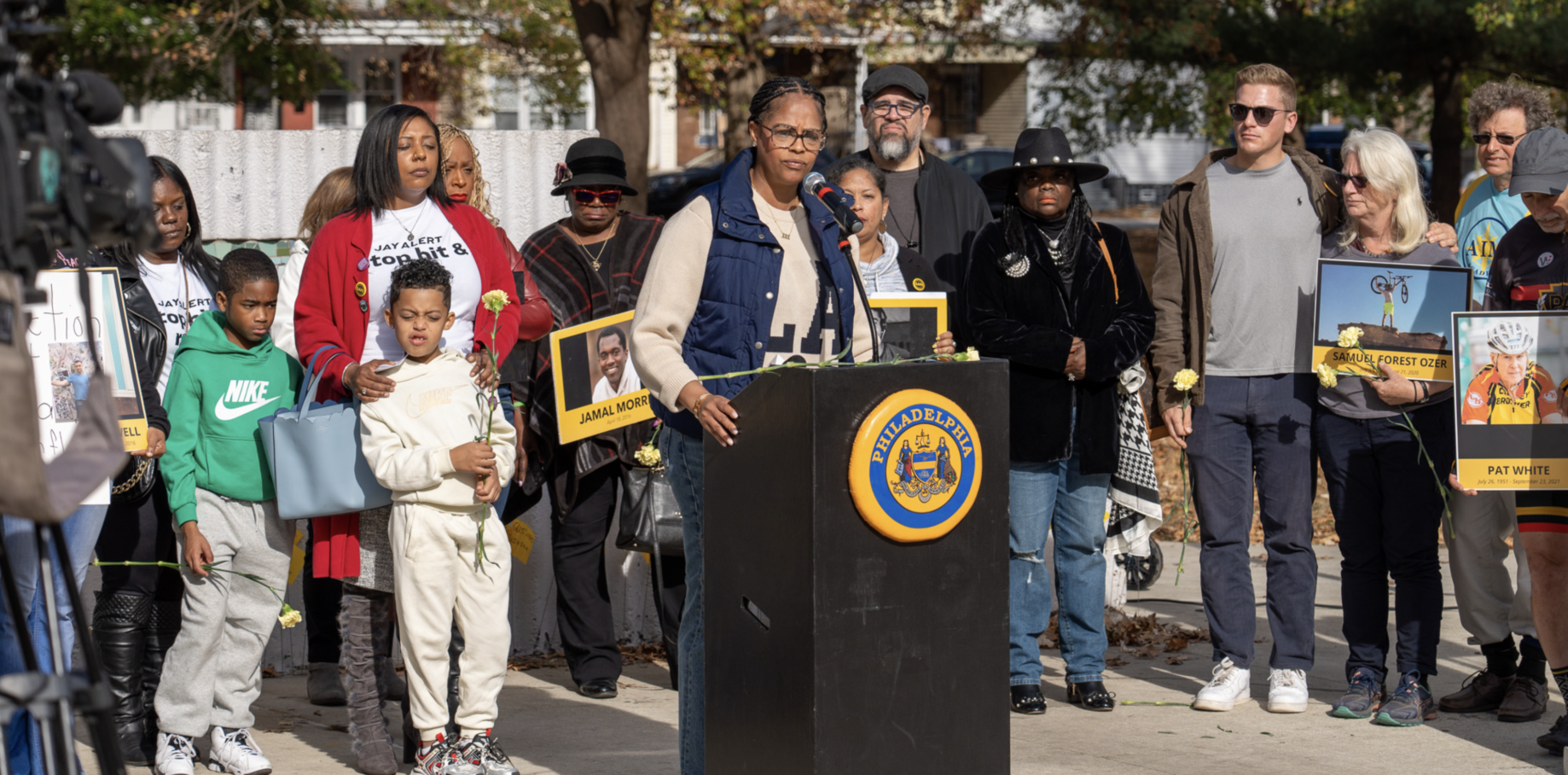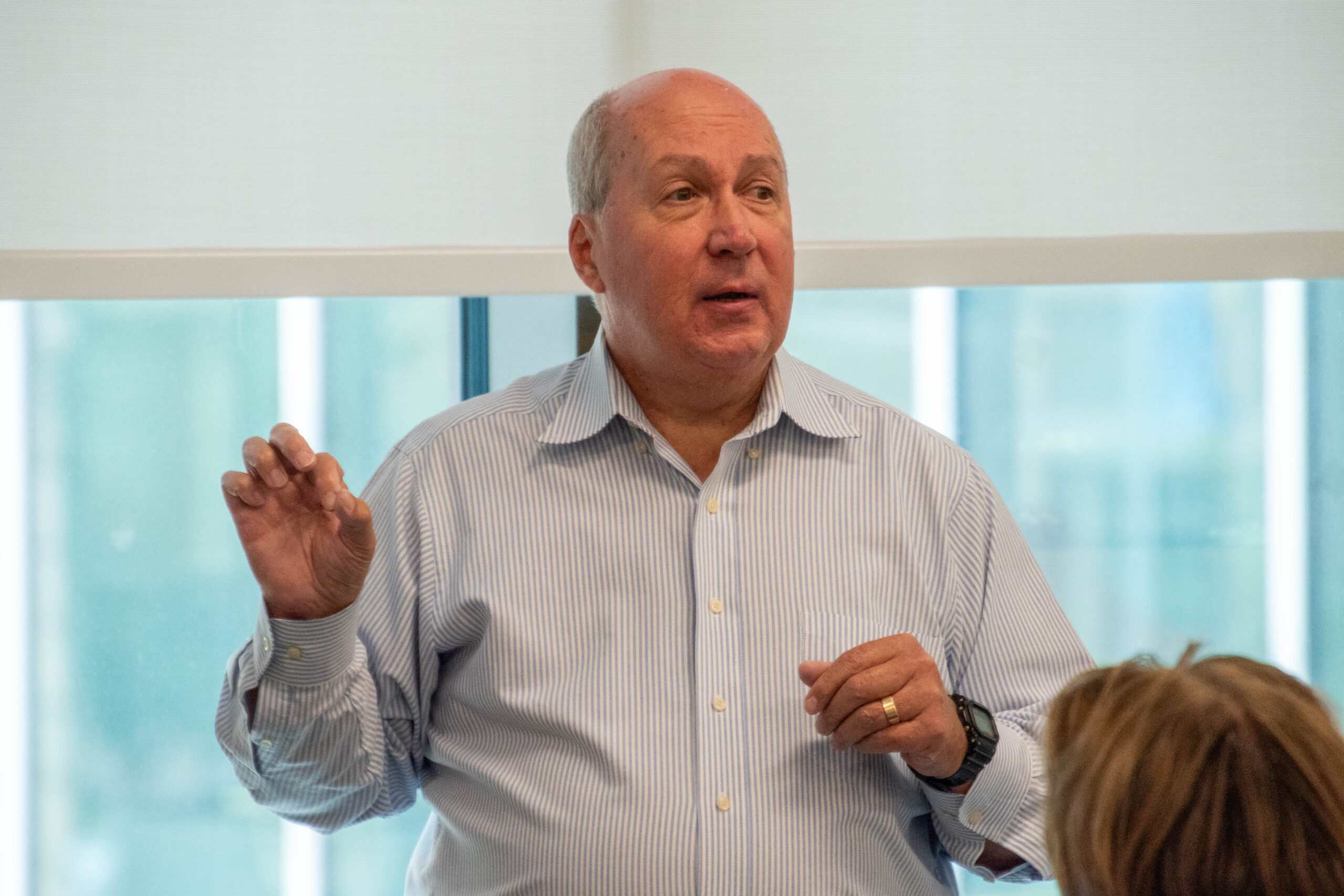World
A World Cup in America in the middle of summer? Have they seen the weather?

It was the USA’s highly-vaunted summer of soccer, but it was also a stress test for the nation hosting the World Cup.
There was certainly plenty of stress to test.
Aside from concerns over field conditions, crowd control and security — alarmingly highlighted before the Copa America final in Miami when ticketless fans forced their way into the stadium —Mother Nature ensured plenty of other challenges.
Extreme weather, from scorching heat to torrential rain and lightning, caused games across Copa America and various European club tours to be delayed, while supporters, officials and players struggled to contend with the subsequent effects.
Some meteorologists believe world soccer’s organizing body FIFA must treat climate change-driven problems as a priority, with questions being asked about the viability of major tournaments taking place during summer.
“There needs to be a conversation about having these matches in places that will get 90-degree-plus summer temperatures,” says Dan DePodwin, AccuWeather’s senior director of forecasting operations. “Should games be played in Miami in July? I don’t know the answer, but the question is worth asking.”
Just this week, Barcelona’s high-profile friendly with Manchester City in Orlando was delayed for 80 minutes by storms.
Fans had to seek shelter under the stands at the Camping World Stadium before the game eventually started, and afterwards, Barcelona boss Hansi Flick said: “The circumstances have not been the best because of the weather.”
City’s first game of their USA tour, the 4-3 defeat by Celtic, was also affected when supporters had to evacuate the Kenan Stadium in North Carolina after a weather warning was issued hours before kick-off, although there was no delay to the match.
Fans in North Carolina were evacuated before Manchester City played Celtic (Peter Zay/AFP/Getty Images)
On Sunday, another game in Florida, between Wolves and West Ham, also saw kick-off delayed by more than two hours with thunderstorms lashing downtown Jacksonville and the city subject to a flash flood warning.
The heat was problematic during Copa America. During a group-stage match on June 25 between Canada and Peru at Children’s Mercy Park in Kansas City, one of the assistant referees, Humberto Panjoj, collapsed.
The Guatemalan was positioned on the side of the field directly in the sun during the closing stages of the first half, which had kicked off at 5pm, and as temperatures neared 100F (37.8C) with 50 per cent humidity, he fainted and was stretchered off.
Panjoj was rushed to hospital and discharged a day later with what tournament organisers CONMEBOL described as dehydration. Even fans who normally pack the Cauldron section of the stadium had moved en masse to shaded stands to avoid the blazing sun, according to the Kansas City Star.
Two days earlier, Uruguay defender Ronald Araujo had to leave the field during his team’s 3-1 win over Panama due to heat-related issues. Araujo reported feeling dizzy and his blood pressure had dropped.
“The truth is I’m still a bit dizzy now,” said the 25-year-old afterwards. “My (blood) pressure went down. When the first half finished, I was a bit dizzy and when I reached the dressing room, my pressure went down. The doctor said it was a bit of dehydration and I couldn’t continue for the second half.”
It impacted teams’ preparation, too. Paraguay manager Daniel Garnero described the heat during training as “oppressive”, adding: “The sun is really intense and it sets really late, so we have had to modify our training schedule. The demands at these temperatures are not helping us.”
Ahead of Brazil’s 4-1 win over Paraguay at Allegiant Stadium in Las Vegas, the squad were due to train at Bettye Wilson Soccer Complex at 5pm. It was so hot that they delayed it for two hours, having contemplated cancelling the session altogether in favour of the players working in the gym instead. When training did start, the sprinklers on the grass were kept on throughout.
“We went from the parking lot into the stadium and the change in temperature was incredible,” said centre-back Marquinhos. “Having an air-conditioned stadium will really help the match because it’s very hot here. It might be a factor in our favour, being a little fresher.”
“It’s really hot,” added left-back Guilherme Arana. “I stepped off the plane and it was that sultry heat. We’re following the recommendations of the nutritionists and physios, hydrating a lot.”

Canada’s Maxime Crepeau helps assistant referee Humberto Panjoj in Kansas (Jamie Squire/Getty Images)
CONMEBOL described the impact of global warming on athletes’ health as “a critical issue”, saying “rising temperatures because of climate change pose significant threats to players”.
The organising body issued a set of directives to address exertional heat stroke in soccer. They included medical screenings to identify players at risk of heat stroke, a recommendation that players are allowed to adapt gradually to the heat for 10-14 days, and emphasising the importance of hydration and sleep.

GO DEEPER
Explained: How Copa America is handling ‘oppressive’ heat
“There is a reason they play American football in the fall,” says DePodwin, who leads a team of 45 AccuWeather meteorologists from the firm’s headquarters in Pennsylvania. The organisation advises half of Fortune 500 businesses and provides forecasts to millions of people via its website and app.
“It has been a very hot summer in the U.S. and I think it will rank among the hottest ever,” he says. “It’s certainly a global trend for much hotter periods, but the Copa America will have increased visibility of how we are affected in the U.S. A lot of the places where they played games get extremely hot and while many of the stadiums had retractable roofs, not all did.”
High humidity, DePodwin says, has compounded the effect of those soaring temperatures. It is one of the elements AccuWeather uses in their ‘Real Feel’ ranking, which also includes temperature, wind speed and sun angle to give a more comprehensive forecast of how the weather actually feels.
“There are plenty of afternoons in Miami, where they had the final, where the Real Feel is 100 degrees,” he says.
DePodwin says starting games in the morning or late evening would help. “But we know that in the group stages of a tournament like the World Cup, that might not always be possible.”
Regardless, he says lessons should be learned from this summer, particularly by those venues that hosted matches and will host again for next summer’s Club World Cup or the 2026 World Cup. “It’s important these venues have a plan to deal with heat and thunderstorms, which bring lightning, damaging winds and rain as well.
“There are certainly risks of further delays or postponements. FIFA must think about the exertions on athletes in those conditions, but also other places, such as how fans in fan parks and gatherings before games are vulnerable to the elements.”
In June, FIFA said it was monitoring what was happening at Copa America with extreme heat and would attempt to modify its protocols where appropriate. They were contacted for this article but did not respond before it was published.

Rain delayed Manchester City against Barcelona in Orlando (Rich Storry/Getty Images)
Another potential hazard could be poor air quality. “There have been many occasions in the last few years where wildfire smoke has caused dangerous air quality across parts of the United States,” he adds. “For instance, in June 2023, there were several days of hazardous air quality in the north-east U.S. which cancelled many sporting events and other outdoor activities.
“If a similar situation were to occur during the World Cup, delays or cancellations might result.”
Does he think, then, that major tournaments should increasingly be held at times of the year other than summer – such as the 2022 World Cup in Qatar?
“It’s an interesting topic of discussion,” he says. “Even having something like the World Cup start in September would help, but there’s obviously then an impact on all the domestic seasons for each nation.”
Even their detractors would concede that FIFA cannot control the weather. But, along with every other stakeholder who wants the 2026 World Cup to be a resounding success, they need to get planning.

GO DEEPER
The science behind an air-conditioned World Cup: Dr Cool, Ford Mondeos and airplane wings
(Top photo: The scoreboard at Camping World Stadium before Manchester City played Barcelona in Orlando, Florida; by Rich Storry via Getty Images)









